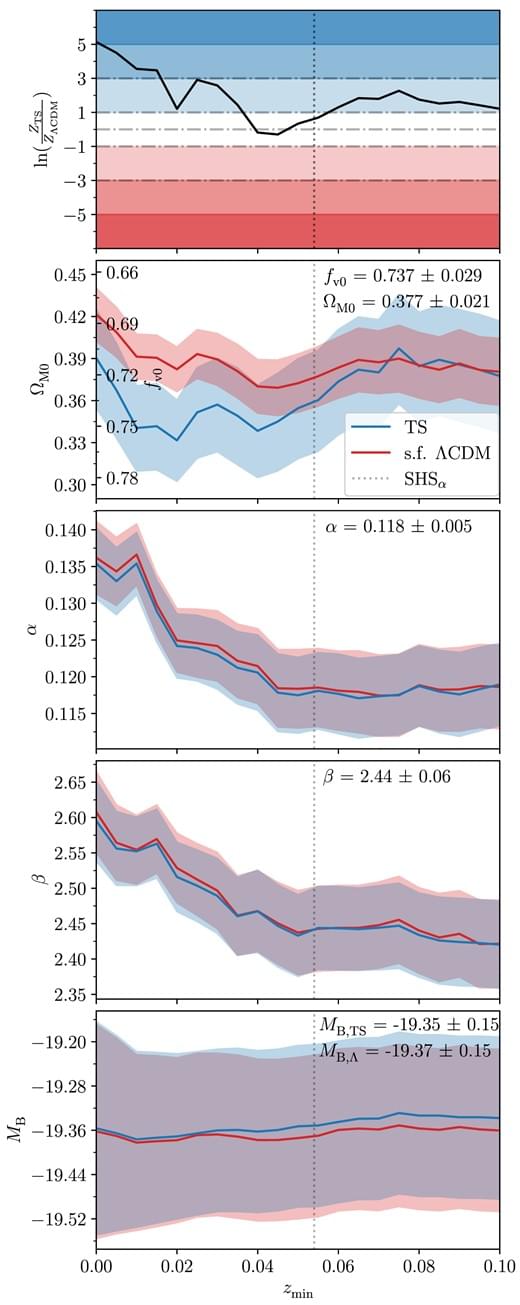Researchers find obelisks, mysterious RNA molecules in human bacteria that challenge our understanding of viruses and microscopic life.






Phi-4 Technical Report by: Microsoft Research “We present phi-4, a 14-billion parameter language model developed with a training recipe that is centrally focused on data quality.”
Speakers: Cecile Tamura, Robert Pray, Riju Pahwa



Fake npm packages @typescript_eslinter/eslint and types-node exploit typosquatting to drop trojans, risking software supply chains.


Plasmons are collective oscillations of electrons in a solid and are important for a wide range of applications, such as sensing, catalysis, and light harvesting. Plasmonic waves that travel along the surface of a metal, called surface plasmon polaritons, have been studied for their ability to enhance electromagnetic fields.
One of the most powerful tools for studying these waves is time-resolved electron microscopy, which uses ultrashort laser pulses to observe how these plasmonic waves behave. An international research team recently pushed the boundaries of this technique.
As reported in Advanced Photonics, the researchers used multiple time-delayed laser pulses of four different polarizations to capture the full electric field of these waves. This method allowed them to achieve a level of accuracy previously not possible.